Oct 25, V7N-Philippine rescue workers were racing against time on Friday to save residents trapped by floodwaters after Tropical Storm Trami left at least 40 people dead. The storm unleashed torrential rains that dumped two months’ worth of rainfall in just 48 hours, causing widespread flooding and displacing tens of thousands across the country.
Many areas, especially in the hard-hit Bicol region, were still struggling with access issues, as authorities used the limited number of available rubber boats to rescue those stranded on the roofs of their homes. According to regional police director Andre Dizon, although the rain had stopped, the extensive flooding remained a significant challenge.
As Trami moved away into the South China Sea, reports of additional casualties surfaced. In Batangas province, six unidentified bodies were discovered in a flash-flooded village. In another tragic incident, five people were killed by a flash flood in Subic Ilaya.
Flooding was particularly severe in parts of Batangas, which saw as much as 391.3 millimeters of rainfall over two days—a downpour equivalent to two months' worth of rain, according to state weather authorities. The province’s hospitals were overwhelmed, with some facilities, like a hospital in Lemery, forced to turn away patients due to water damage in their wards and emergency rooms.
Rescue efforts were also hindered by strong currents in areas such as Bulacan province, where the search for a missing fisherman was suspended. Throughout the country, government offices and schools remained closed, and storm surge warnings persisted for areas along the west coast.
The Philippines experiences about 20 typhoons or major storms each year, and the intensification of these weather events due to climate change is becoming an increasing concern. Recent research suggests that storms in the Asia-Pacific region are forming closer to coastlines, intensifying more rapidly, and causing prolonged damage over land.
END/WD/RH/



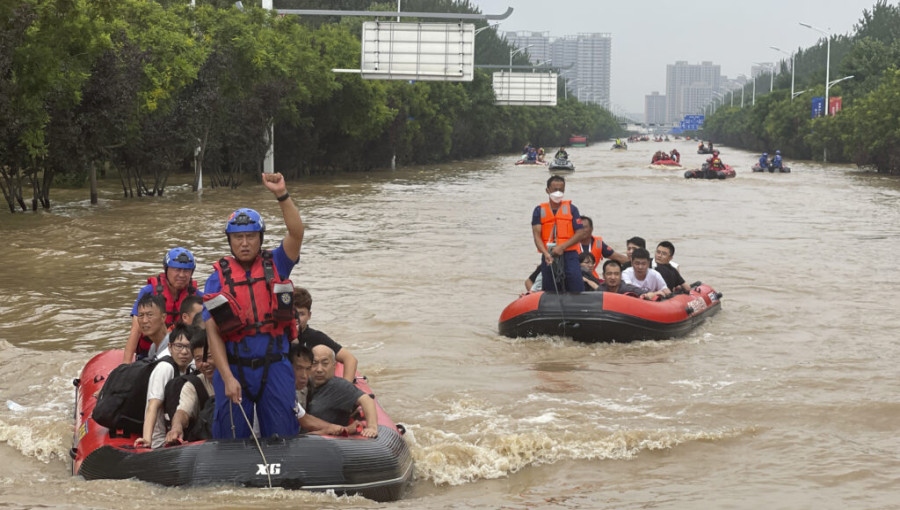
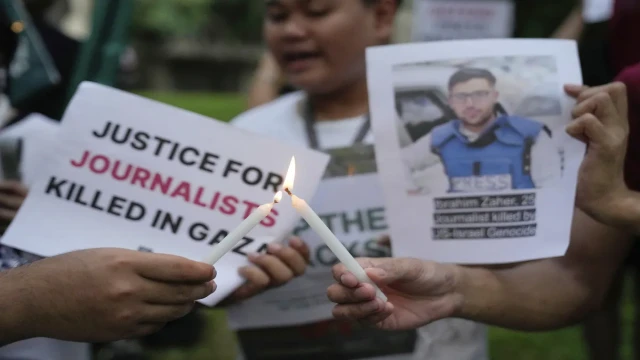





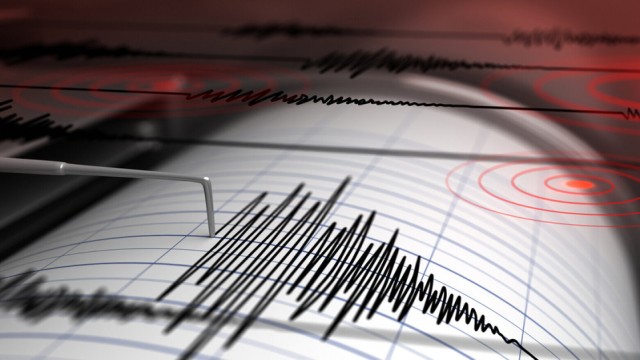
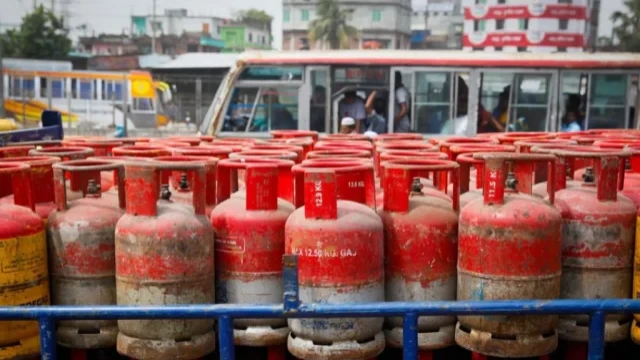


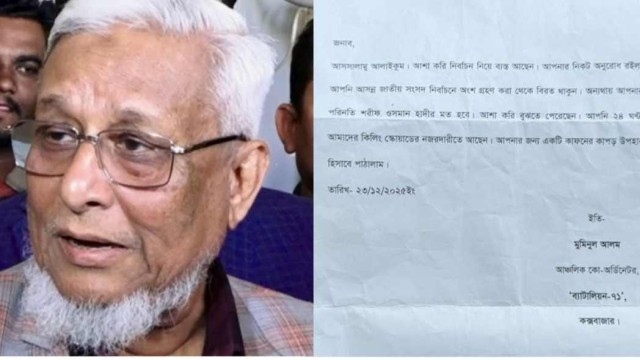
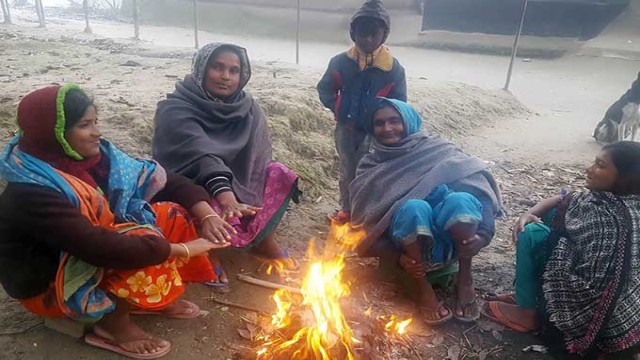
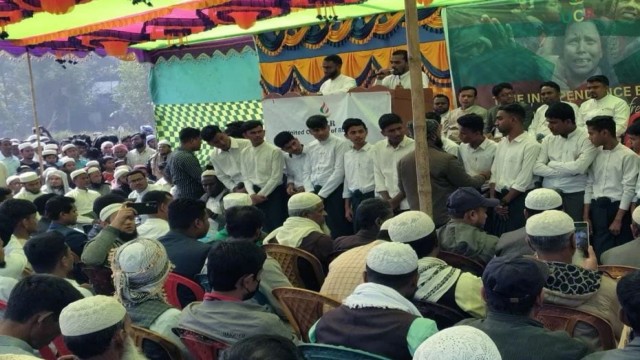



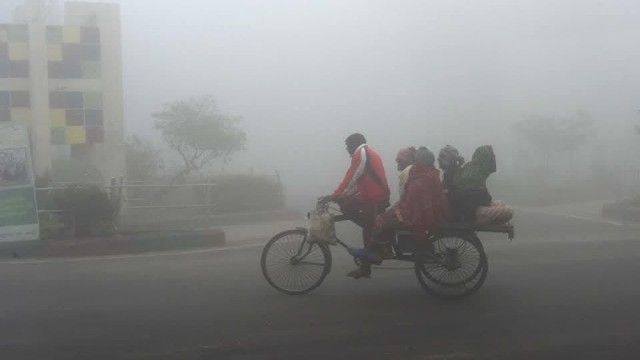

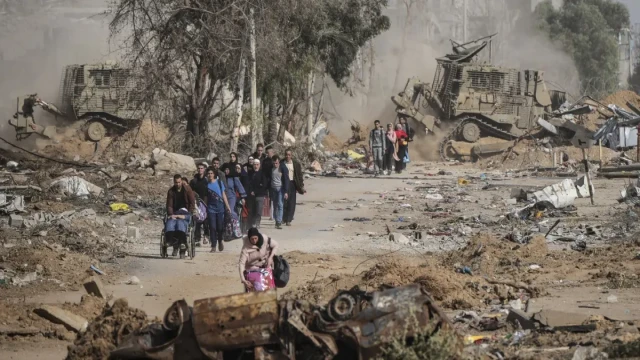


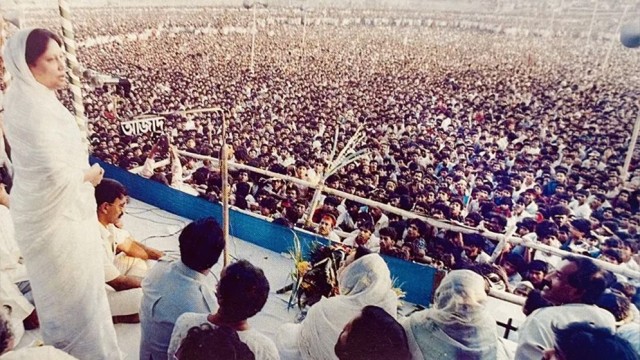
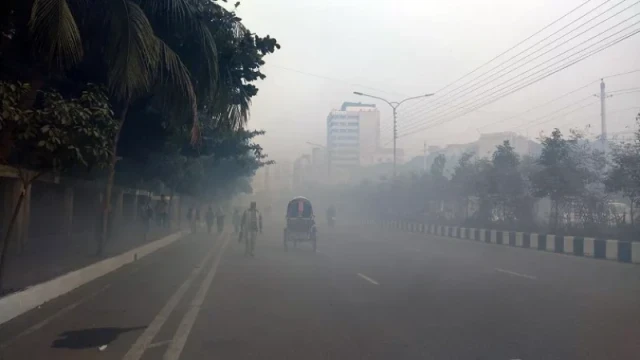



Comment: